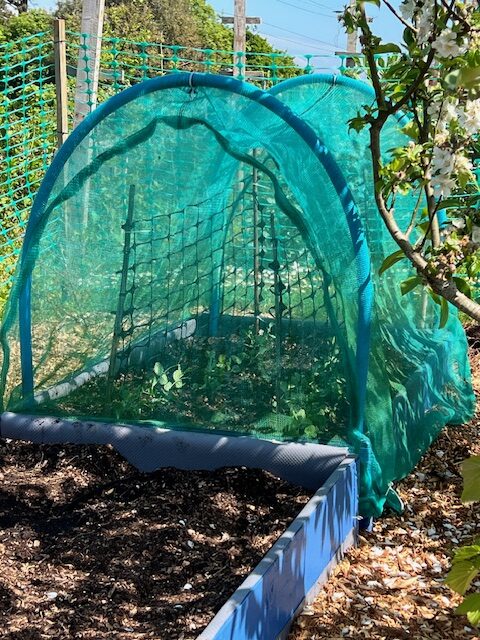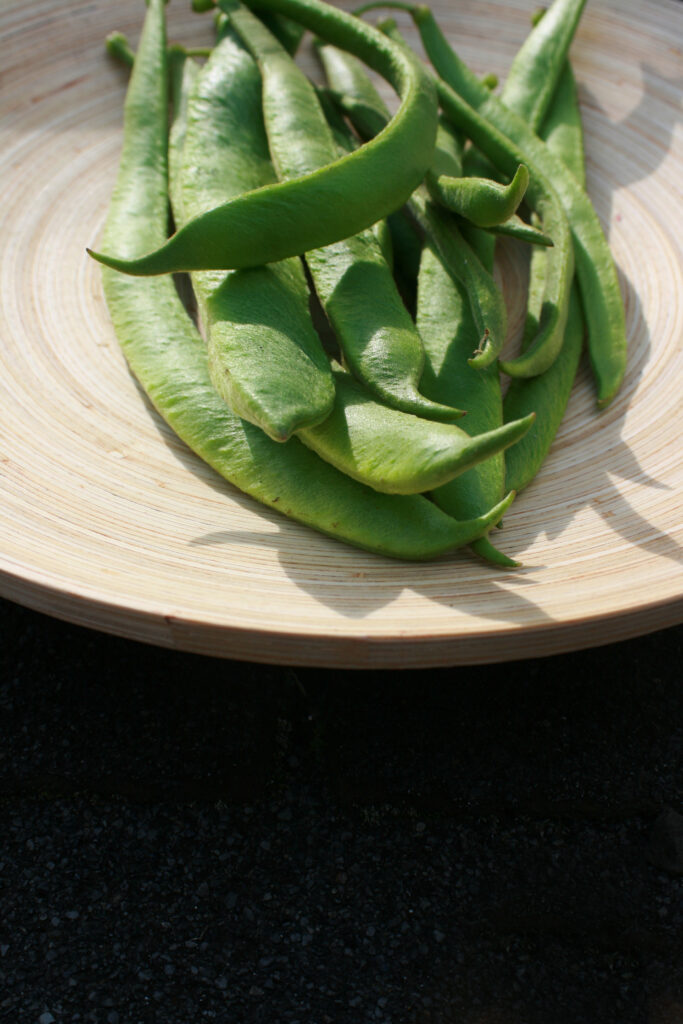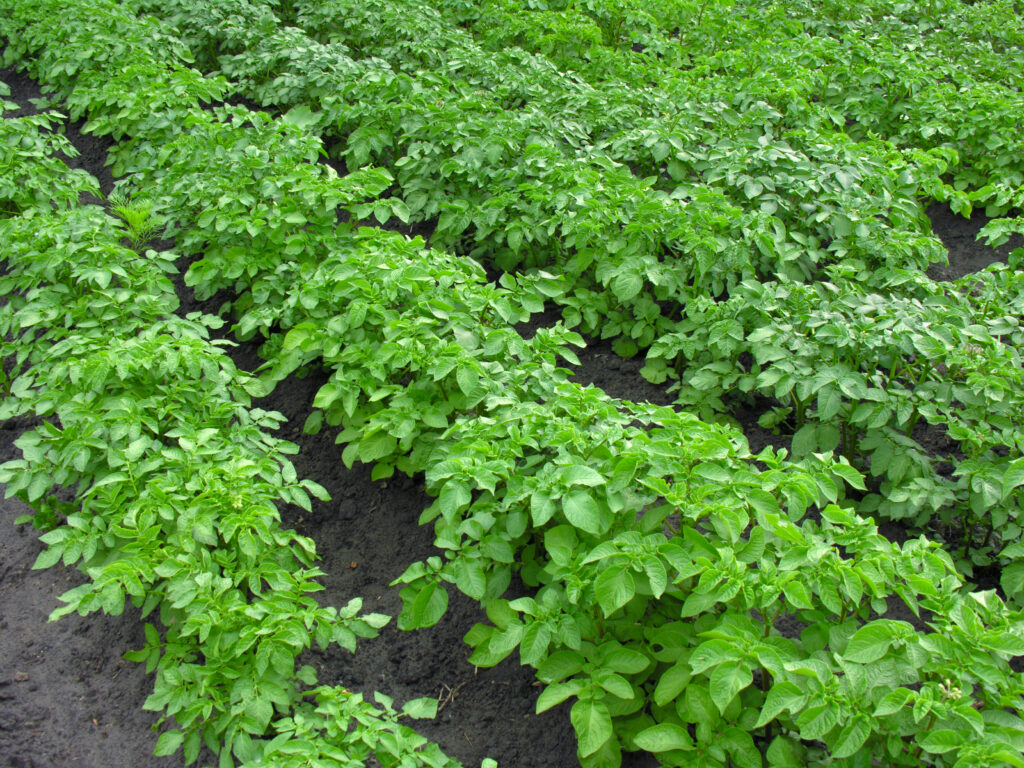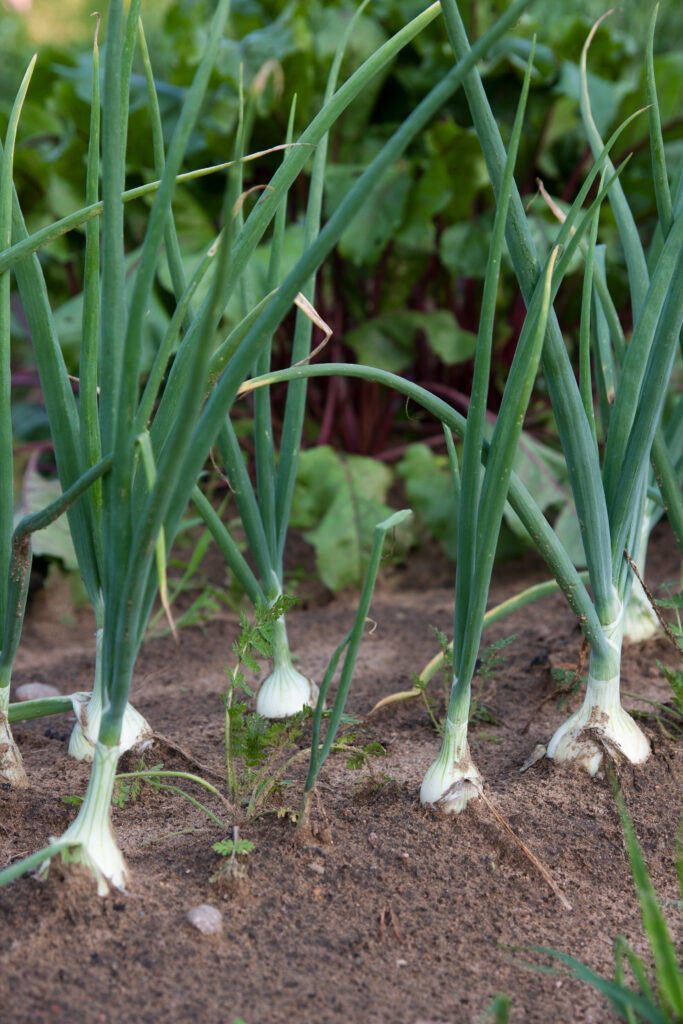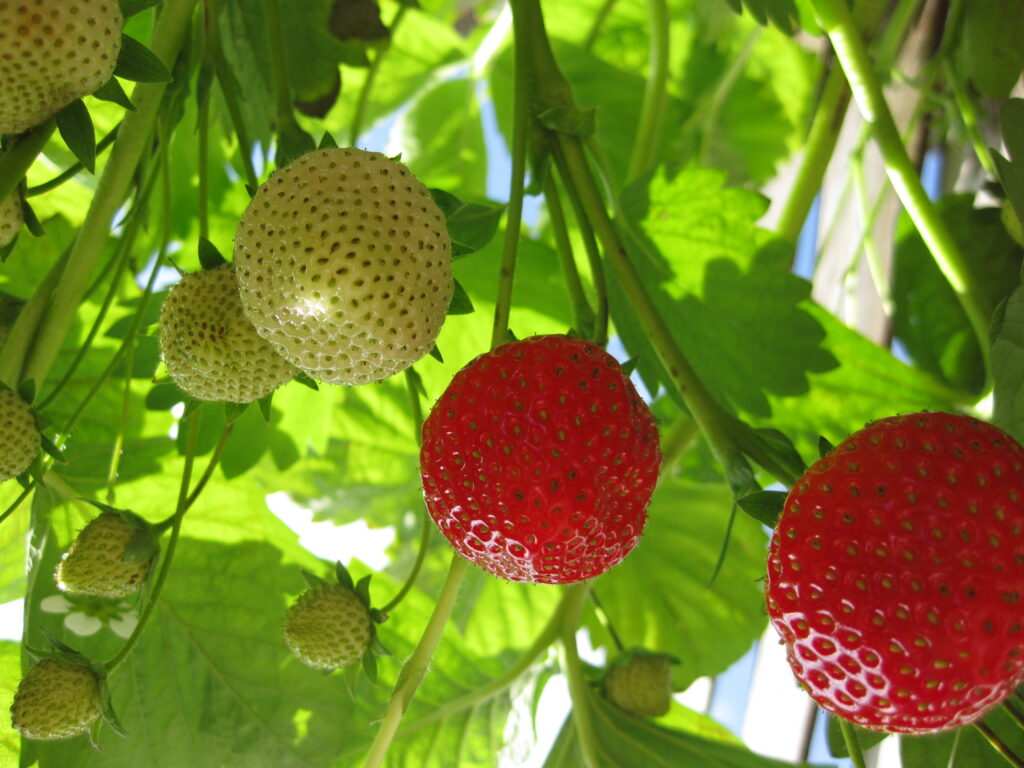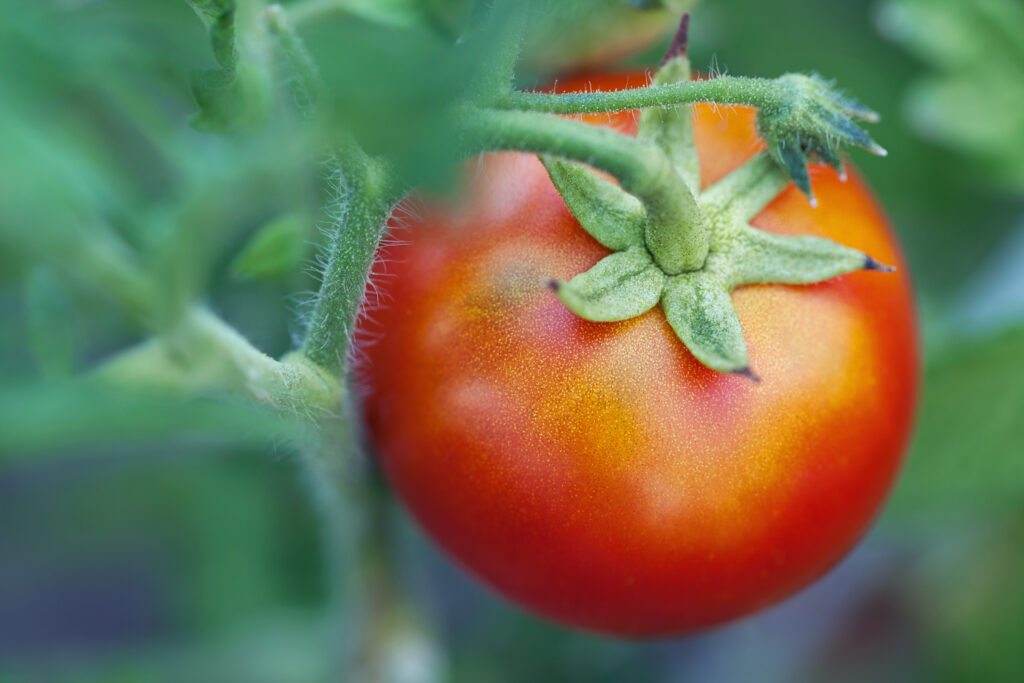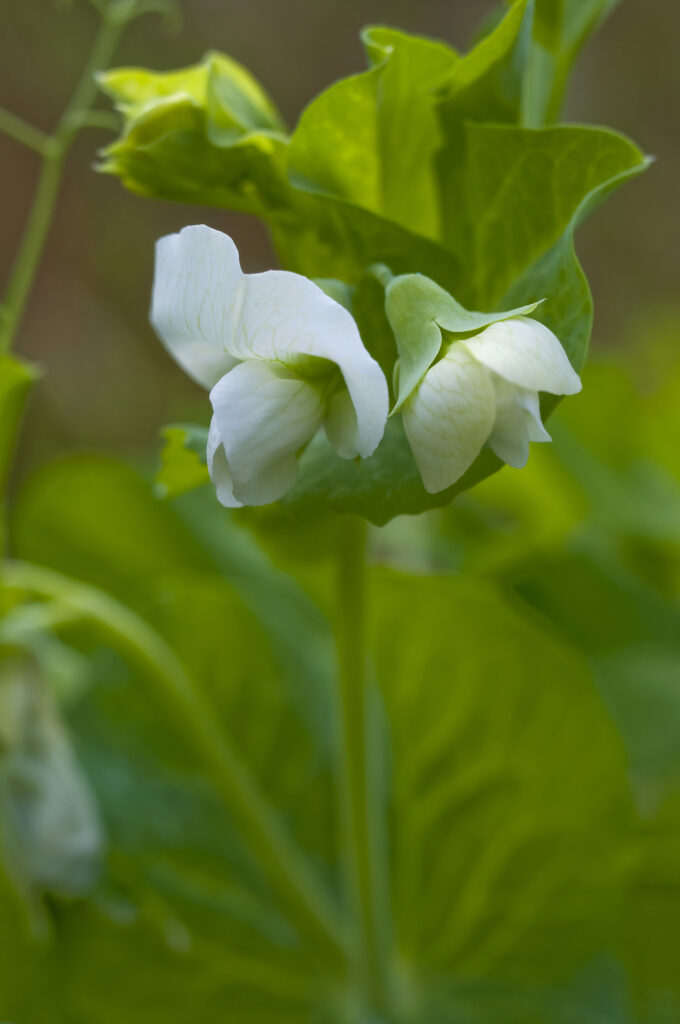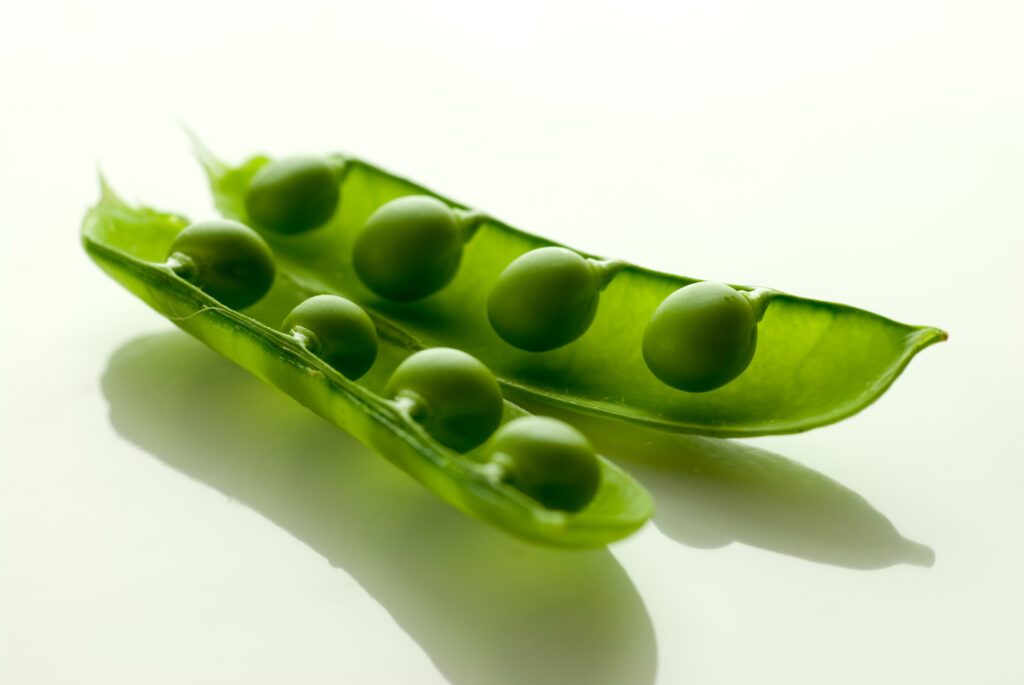Today I brought my pea gutters to the allotment (having kittens every time I braked worrying they’d flop out all over the boot). I’d already topped up the bed with fresh compost gathered when I refreshed my woodchip paths (really nice stuff – the weeds thought so too). I have used the gutter trick before and it worked out well. However, last time I was too skimpy on the water and let them get far too dry, so I was careful to avoid that this time around.
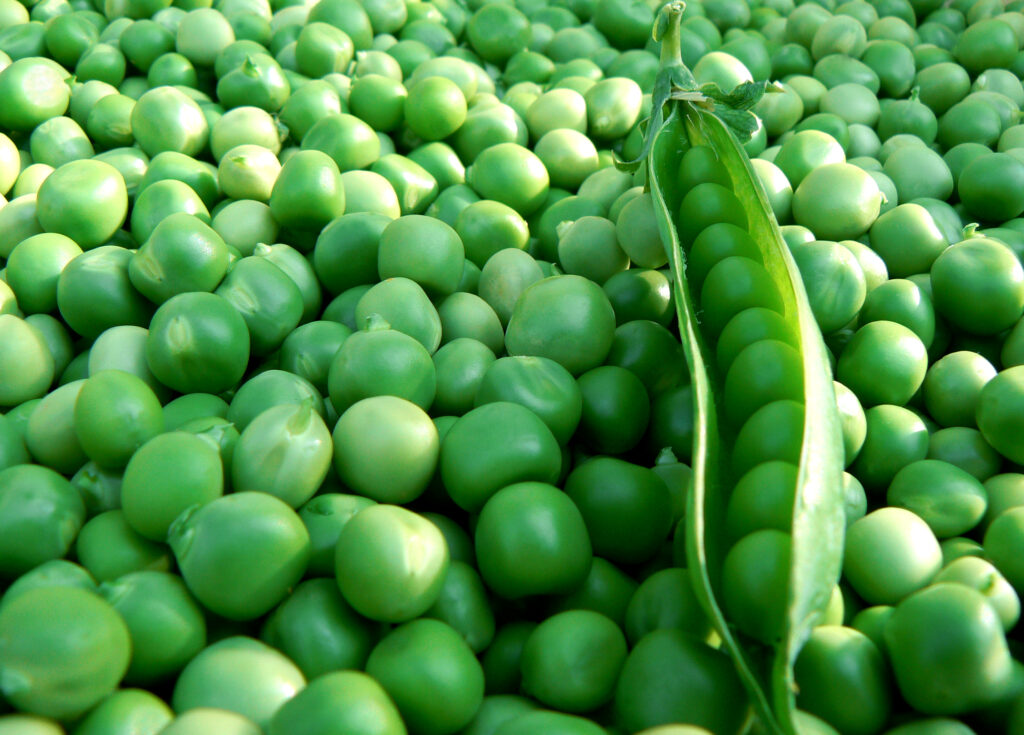
I germinated my peas in damp kitchen towel in plastic takeaway cartons. I’ve never had much luck with peas sowing direct or even in seed cells. Once they sprouted, I filled the guttering with multipurpose compost and transferred the germinated peas, planting them in diagonal rows of 3 around 3cm apart. That way, 40 pea seeds fit into a 1 metre length of guttering perfectly.
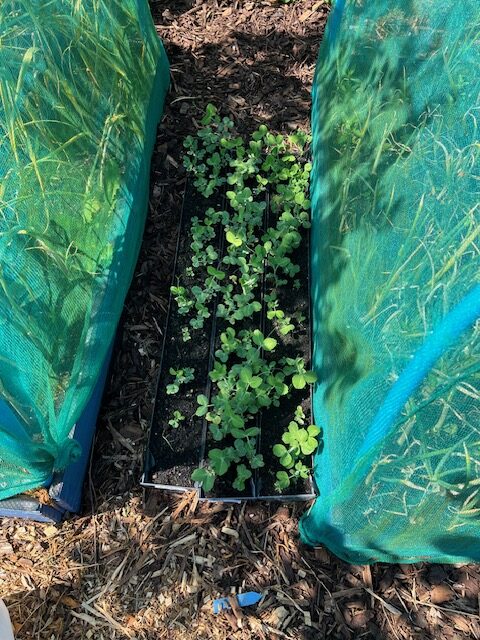
The pea seedlings were in my greenhouse for a couple of weeks, growing on, watered daily and well cared for. They didn’t seem very happy towards the end though. Some were turning yellow. I figured it was the heat, since the temperature was bouncing from 6 degrees at night to 39 degrees during the day. I moved them outside and they seemed to get on better.
To prepare the raised bed, I pushed two bamboo canes into the compost, feeding into holes I’d already created hammering rebars in so the canes would be nice and stable. I’d already added a bit of lime and some chicken manure pellets. I then cut sheets of builder’s barrier fencing I had left over, feeding them through the bamboo canes then securing with cable ties. I’ve tried cheap pea netting before and found it an absolute nightmare: just a big plastic tangle. This was so much easier to work with and should do the job just fine. I added two rows of support to the raised bed.
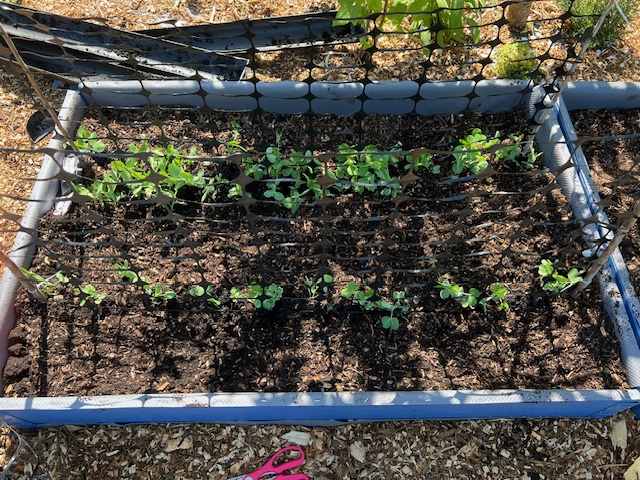
I then placed one rebar at each corner of the raised bed and fitted blue tube hoops to support my nets. I knocked together the nets on my sewing machine a few years ago, making them to measure so I don’t have to mess around with loose netting. They’re made from debris netting and have stood up really well. I take them home and throw them in the washing machine every once in a while.
After digging a trench for my peas to slide into, I lifted the end of the tray of guttering, anxiously awaiting the magic moment as gravity took over and my pea shoots slid smoothly into the gap, slick as butter. It worked perfectly last time and was so rewarding to watch. This time, not so much.
I soon came to understand where I’d gone wrong. The compost was far too wet. No wonder they didn’t look happy. I was expecting a seamless transfer but it was all just a soggy composty mess, trying to transfer the clods bit by bit without damaging the plants too much. It was a bit like an episode of Bake Off where the chef is oh-so-smug, proudly turning out their Victoria sponge, only for it to do a belly flop. I planted one row each side of the support. I say planted, I mean manhandled and hoped for the best.
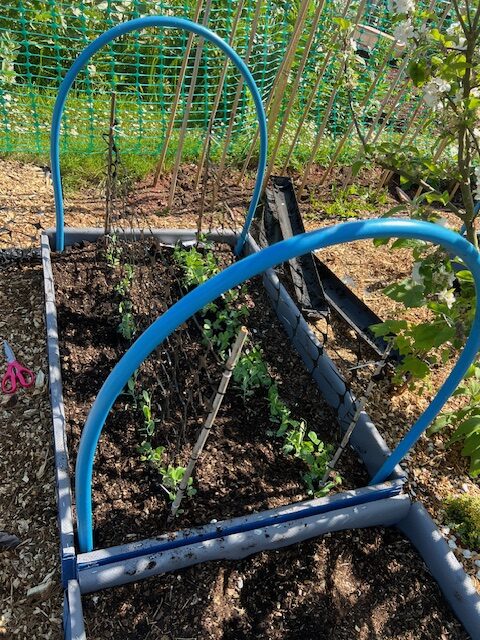
I have some more pea seeds on top of the fridge at home germinating (hopefully…). Last time I grew peas I quickly came to see the need for repeat sowing. One minute the plants are producing happily, the next, they’re spent.
I will be using guttering trick again, but I’ll be a lot less liberal with the water next time.
